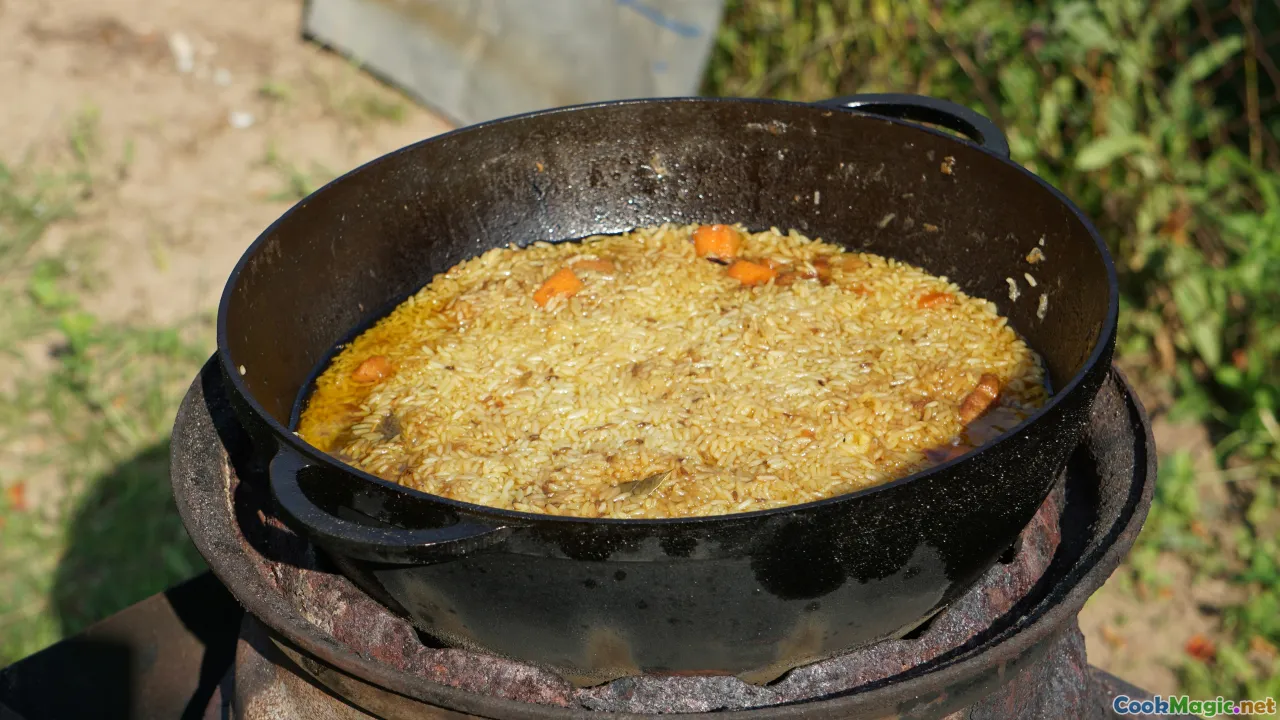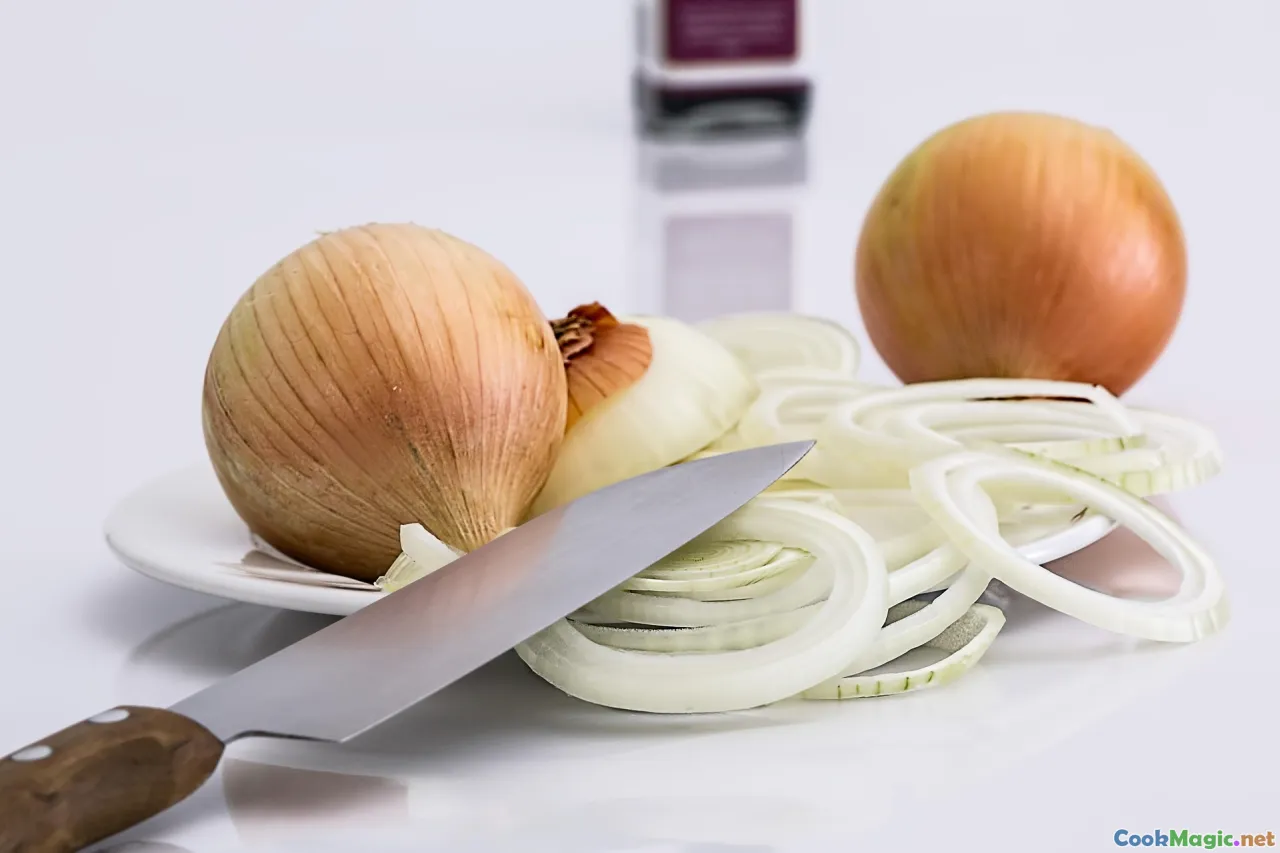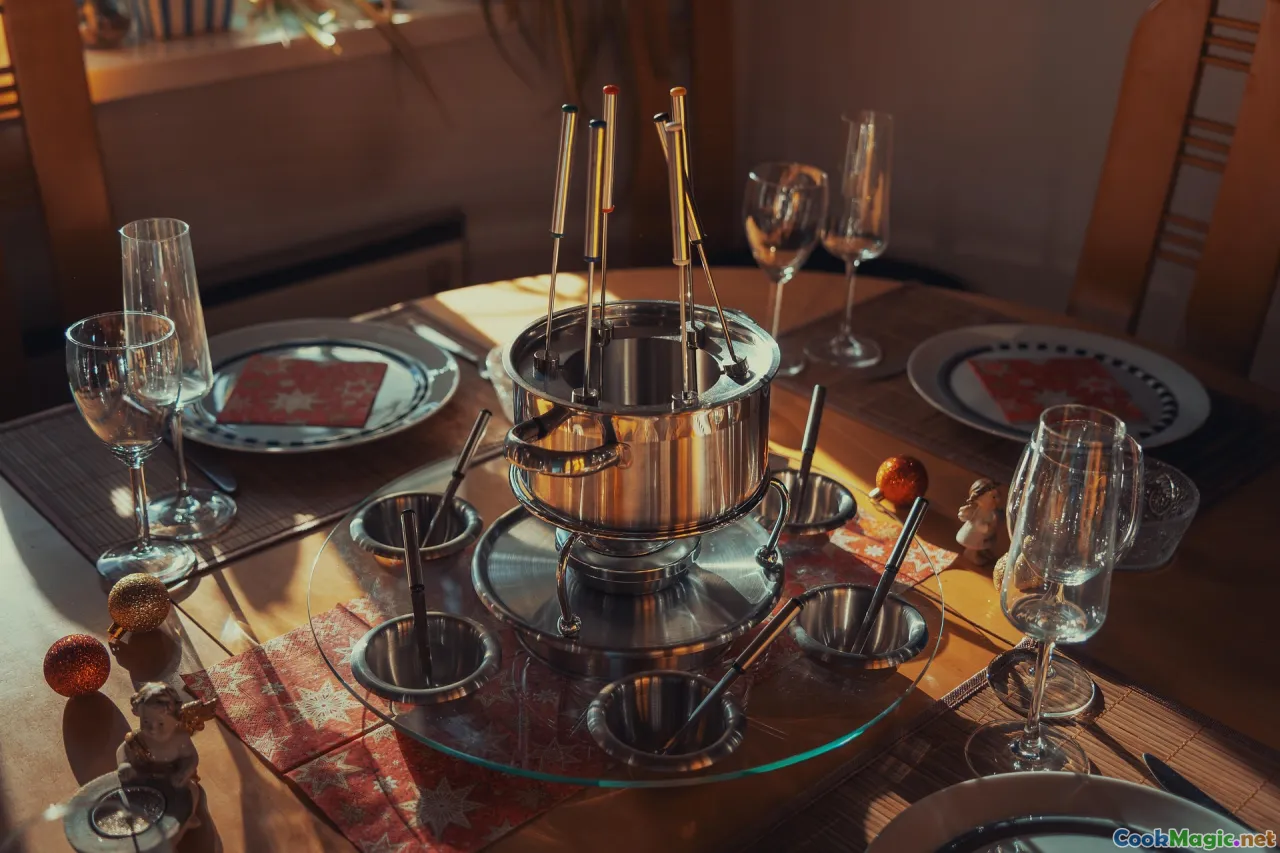Mastering Sancocho The National Stew of the Dominican Republic
10 min read Discover authentic techniques and flavors to master Sancocho, the beloved national stew of the Dominican Republic, celebrating rich culinary heritage. September 29, 2025 06:05
Mastering Sancocho: The National Stew of the Dominican Republic
In the warm, soulful air of the Caribbean, where the scent of freshly-cut herbs drifts lazily over bustling streets and the rhythm of merengue keeps pace with life's pulsating heartbeat, there exists a dish so profoundly woven into the cultural fabric of the Dominican Republic that it transcends mere sustenance. That dish is Sancocho, the legendary stew that tells stories of ancestors, communal bonds, and culinary resilience.
From the first scent of simmering yucca and hearty meat bubbling in a fragrant broth, to the last tender bite that leaves a lingering reminder of home, mastering the art of sancocho is a journey—a culinary rite rooted in history, family traditions, and the very soul of the Dominican people. Join me as we delve deep into the vibrant world of this iconic dish, explore its nuances, and learn how to craft a version that honors this centuries-old legacy.
The Heartbeat of Dominican Cuisine: An Introduction to Sancocho

Sancocho isn’t just a meal; it’s a celebration of heritage. Originating from the Spanish sancocho, a hearty stew that found its way into the Caribbean, Dominican sancocho has evolved into a dish that reflects the island’s diverse cultural tapestry. It embodies the fusion of Indigenous Taíno root vegetables, African flavors, and Spanish culinary techniques—creating a hearty, soul-warming, symphony of flavors.
Historically, sancocho has been a communal affair, prepared for family feasts, festive holidays, and Sunday gatherings. The smell alone—rich, pungent, savory—has the power to evoke nostalgia for countless Dominicans, conjuring visions of bustling kitchens, lively conversations, and the comforting presence of loved ones.
Essential Ingredients: The Building Blocks of Dominican Sancocho

The magic of sancocho lies in its varied yet harmonious ingredients. Each component contributes textural complexity, depth of flavor, and cultural significance.
Key Meats and Broths
- Pollo (Chicken): Most traditional sancocho use whole chicken or chicken parts that simmer to tender perfection, releasing rich nutrients into the broth.
- Res (Beef): Some variations incorporate beef shanks for a deeper, gelatinous richness.
- Carnes Varias (Multiple meats): In more elaborate versions, weekend festivities might feature a medley of pork, chorizo, or even seafood.
Root Vegetables and Tubers
- Yuca (Cassava): Thick, starchy, with a slightly sweet flavor that absorbs broth like a sponge.
- Ñame and Batata (Sweet potato): Offer sweetness and velvety texture contrasting the savory broth.
- Malanga: Adds earthy aroma and can be used interchangeably with yuca.
Vegetables and Herbs
- Maíz en mazorca (Corn on the cob): Adds sweetness and visual appeal.
- Ajo (Garlic), cebolla (onion), culantro (recao), and oregano: These fresh herbs provide aromatic depth.
- Lemon and ají dulce (sweet pepper): For brightness and subtle piquancy.
Essential Spices and Condiments
- Salt, black pepper, and sometimes local hot sauce for a personal touch.
How to Make Authentic Dominican Sancocho

Creating an authentic sancocho requires patience, precision, and a love for layered flavors. Here’s a step-by-step guide to master this beloved dish.
Step 1: Prepare Your Ingredients
- Start with a good selection of meats. Rinse chicken and beef, and cut vegetables uniformly.
- Clear your workspace: chop yuca, yam, malanga, corn, and herbs.
Step 2: Searing and Broth Creation
- Sear the meats in a large, heavy pot to develop flavor.
- Add garlic, onion, and spices, sautéing until fragrant.
- Pour in water or chicken broth; bring to a boil, then reduce to a simmer.
Step 3: The Long Simmer
- Skim foam from surface and add root vegetables one after another, as they have different cooking times.
- Maintain a gentle simmer, allowing flavors to meld—this slow process deepens the broth with every passing minute.
- Add corn and softer vegetables later to prevent overcooking.
Step 4: Final Touches and Serving
- Taste and adjust seasoning with salt, pepper, or a squeeze of lemon.
- Serve hot, garnished with fresh herbs, alongside a scoop of rice or side salad.
- Often enjoyed with slices of ripe plantain or ‘tostones’ on the side.
Variations and Local Twists

No two sancochos are exactly alike; regional, familial, and personal preferences shape these variations:
- Sancocho de Res: Focused primarily on beef, popular in rural interior regions.
- Sancocho de Pollo: The choice for everyday family meals, lighter but still richly flavorful.
- Sancocho de Pescado: Coastal versions swapping chicken or beef for fresh local seafood.
Strategic ingredient swaps and additions, such as plantains, white potatoes, or different local herbs, make it uniquely personal. Some families add a touch of annatto seed for visual color, or a dash of 'sazon' for extra aroma.
Cultural Significance and Festive Traditions

In the Dominican Republic, sancocho symbolizes more than sustenance; it’s a vessel of cultural identity. It’s prepared for major holidays like Christmas, New Year’s, and Dominican Independence Day, bringing families together in shared joy. It’s a dish that transcends social boundaries—made with love by grandmothers in rural towns or enjoyed casually at local Dominican bodegas.
The communal act of preparing sancocho fosters bonds, a practice infused with generational wisdom. It’s a story told in flavors, a legacy passed down when each family updates the recipe with subtle tweaks.
Tips for Perfecting Your Sancocho
- Use quality, fresh ingredients: The backbone of a flavorful stew.
- Take your time: Let the ingredients simmer slowly; patience pays off.
- Taste as you go: Adjust seasoning gradually for harmonious flavors.
- Balance textures: Ensure the vegetables reach perfect tenderness without disintegrating.
- Personalize with herbs and condiments: Don't shy away from adding your favorite local spices.
Pairing and Serving Suggestions
To elevate your sancocho experience, accompany it with:
- Steamed white rice: Acts as a neutral base that complements the rich stew.
- Tostones or ripe plantains: Their sweetness contrasts beautifully.
- Hot sauce or a squeeze of lime: Adds a welcome punch or brightness.
- A chilled Presidente beer or fresh tropical juice: Complete the feast.
Final Reflections: Sancocho, A Taste of Home
Mastering sancocho is more than a culinary achievement; it’s an initiation into the heart of Dominican culture. Every spoonful carries centuries of history, regional pride, and family stories simmered into a pot. As you embrace the slow art of preparing this stew, you partake in a tradition that unites generations.
Whether serving it during a lively family gathering, sharing among friends, or savoring it alone as a connection to distant roots, sancocho will always be more than just a dish—it’s a tribute to the resilience and warmth of the Dominican spirit.
So roll up your sleeves, gather your ingredients, and let the rich aroma of Dominican sancocho remind you that, sometimes, the best comfort food is right in your own kitchen, waiting to be discovered, recreated, and celebrated.









